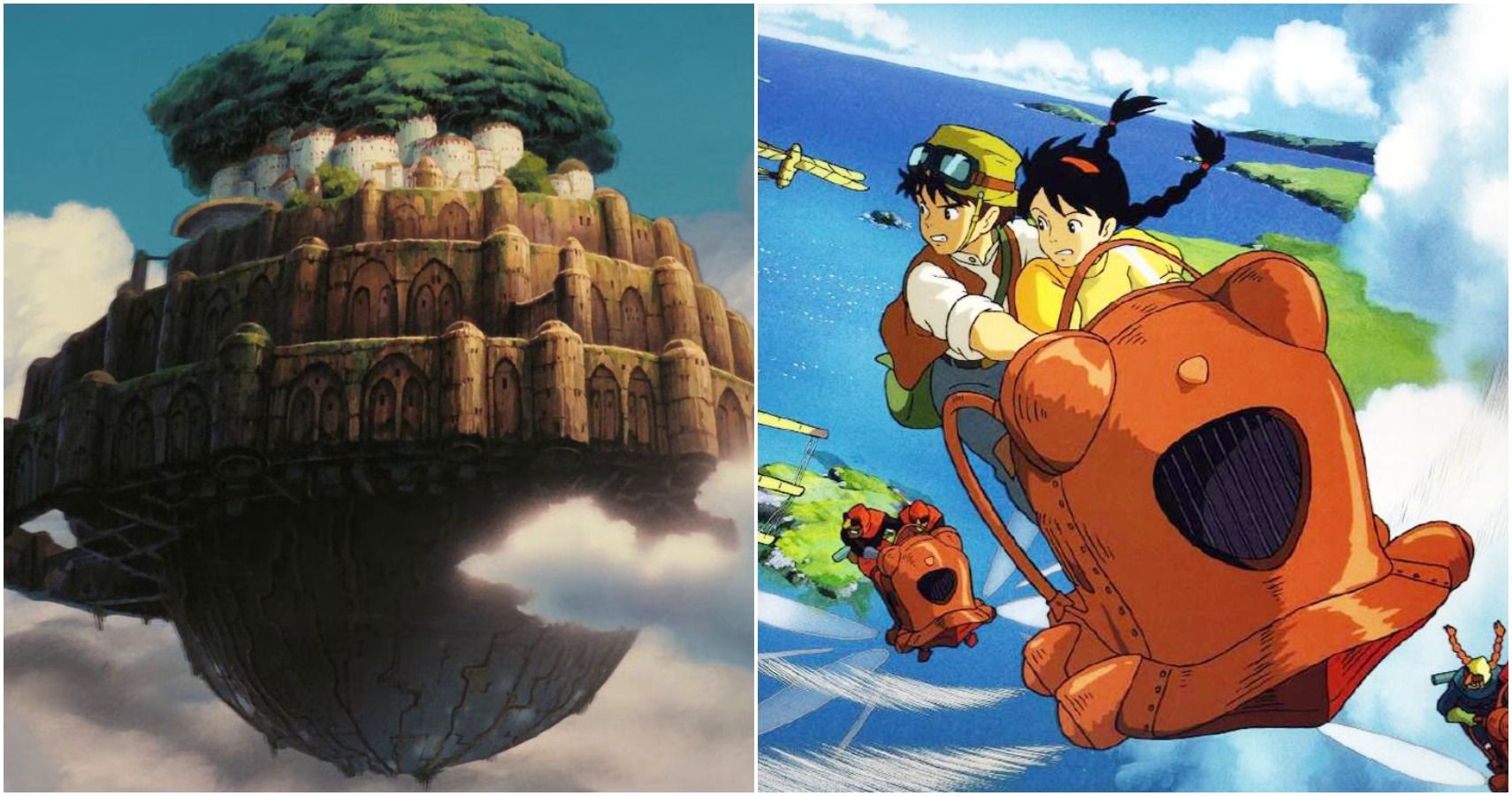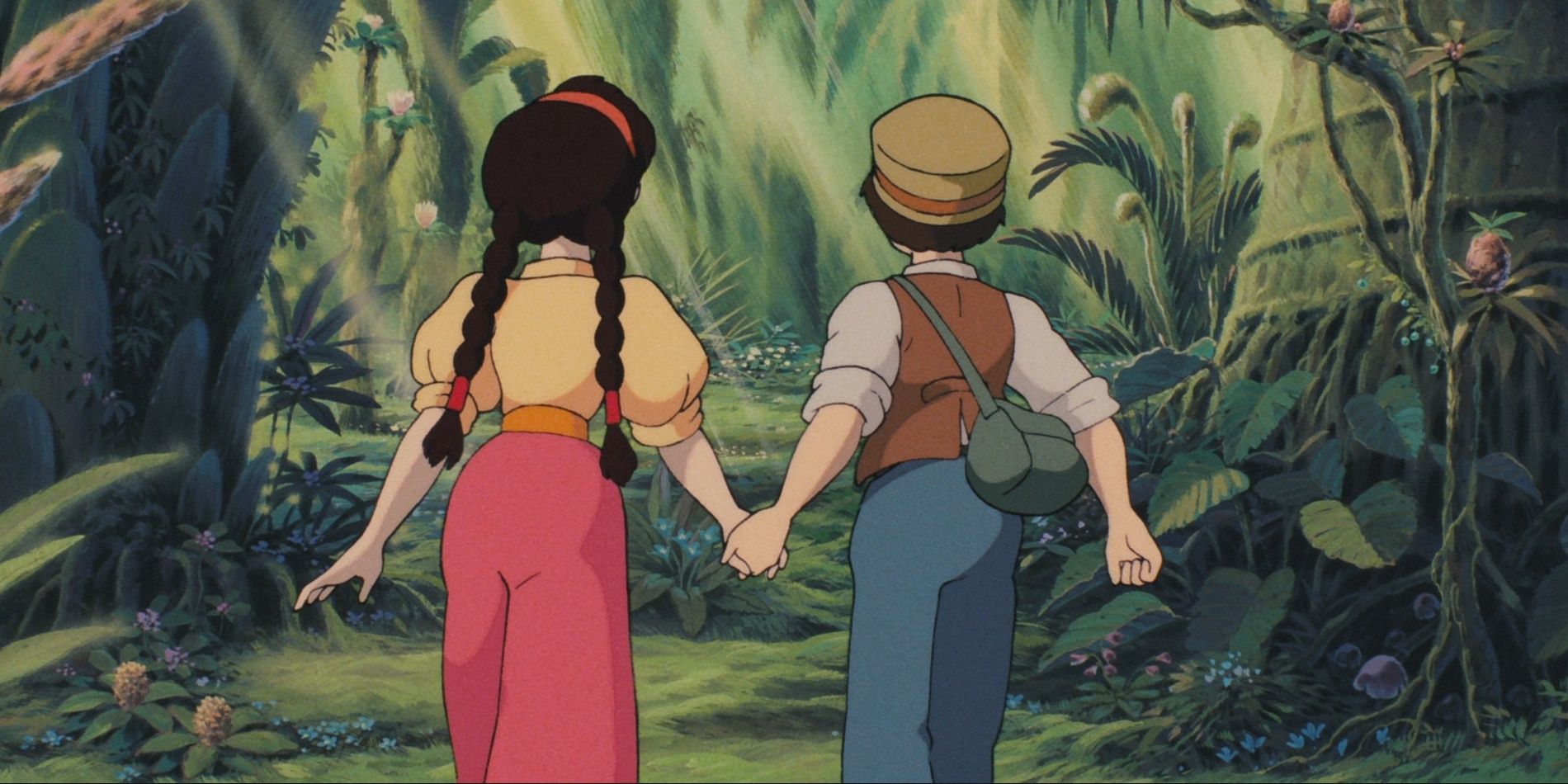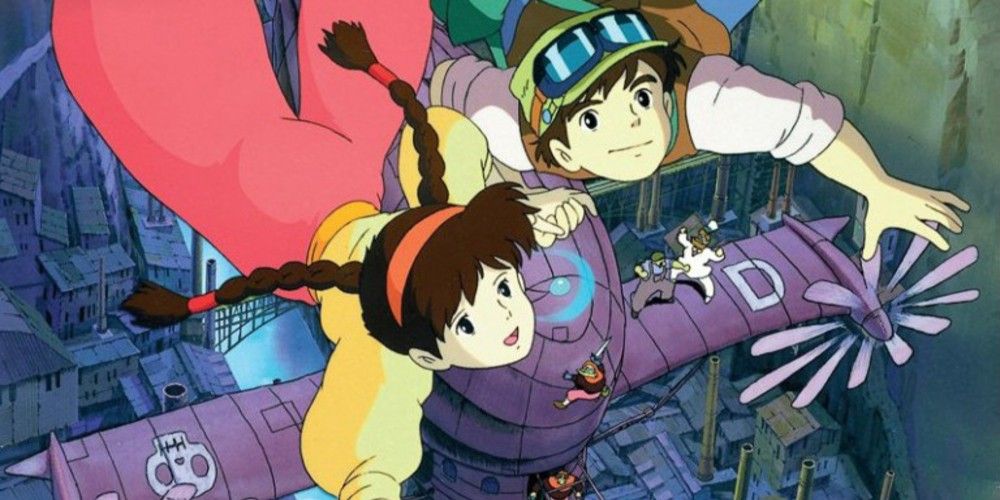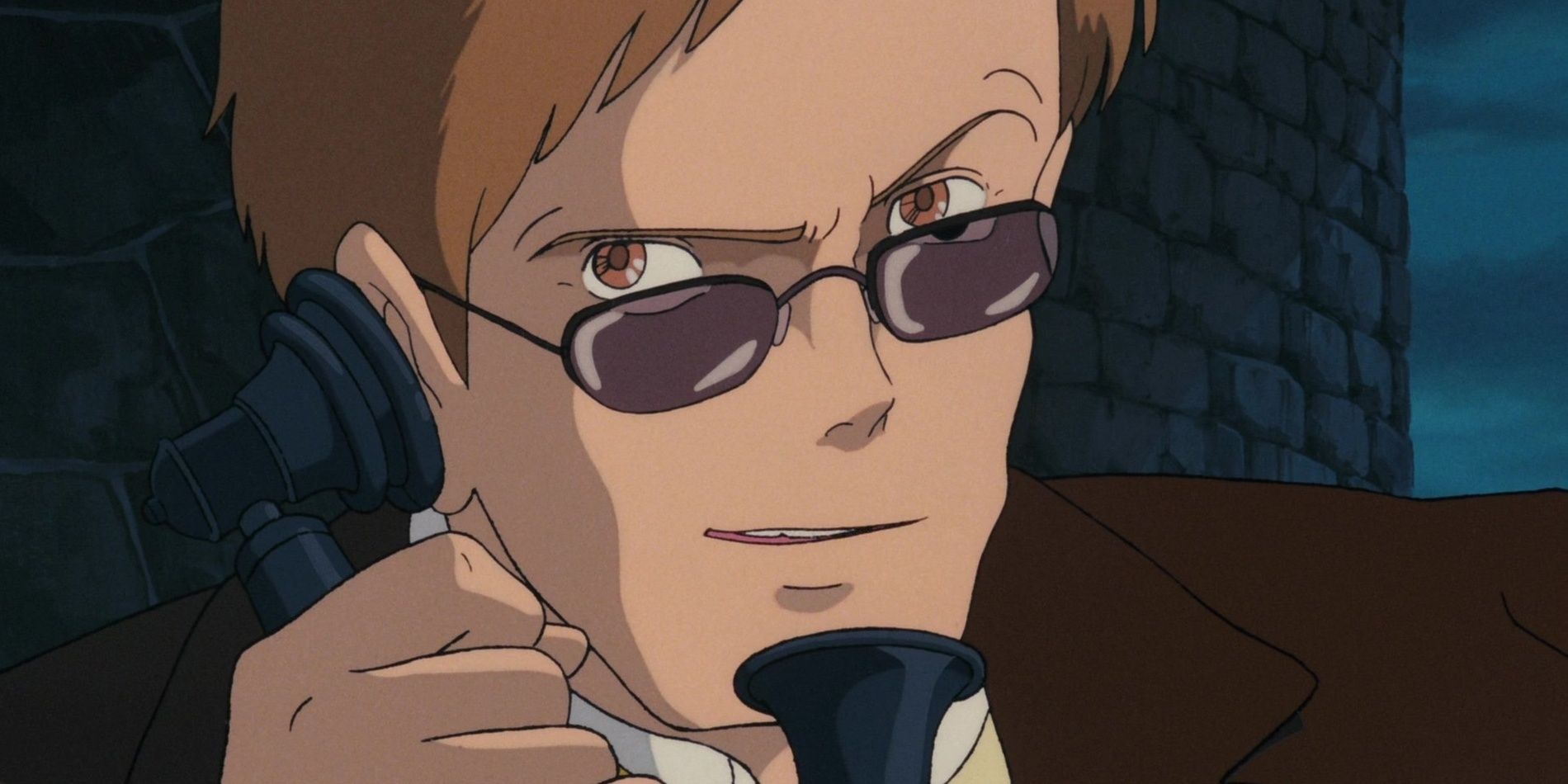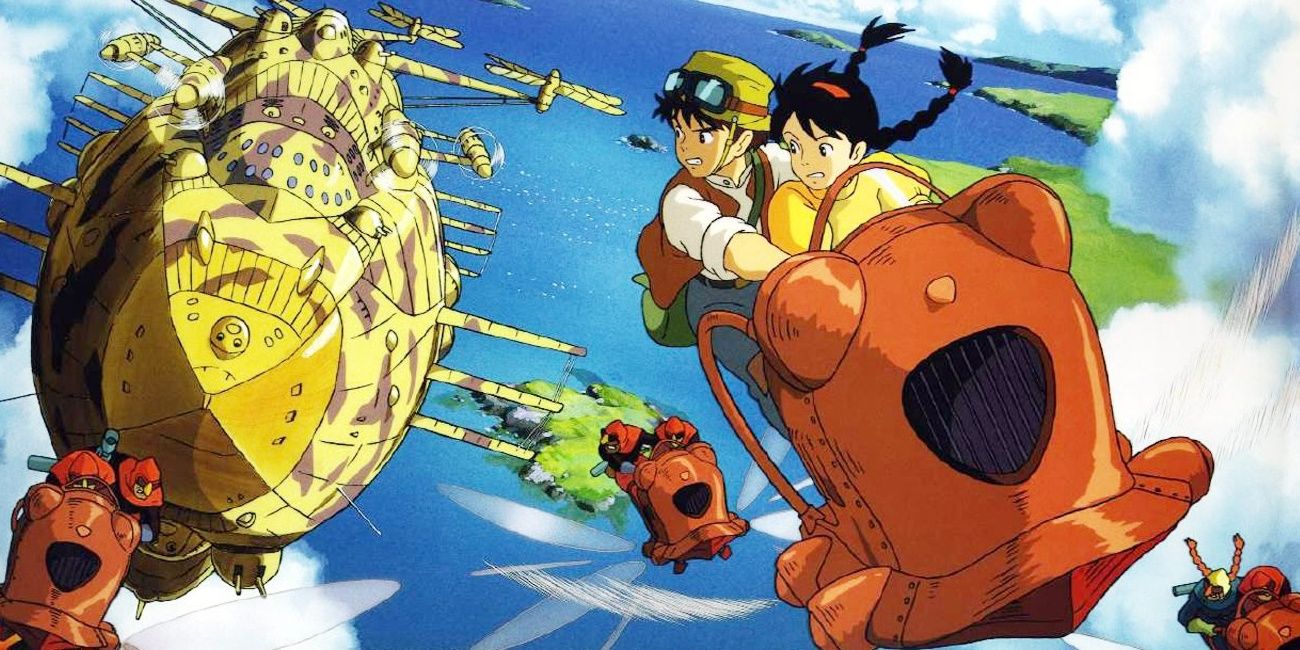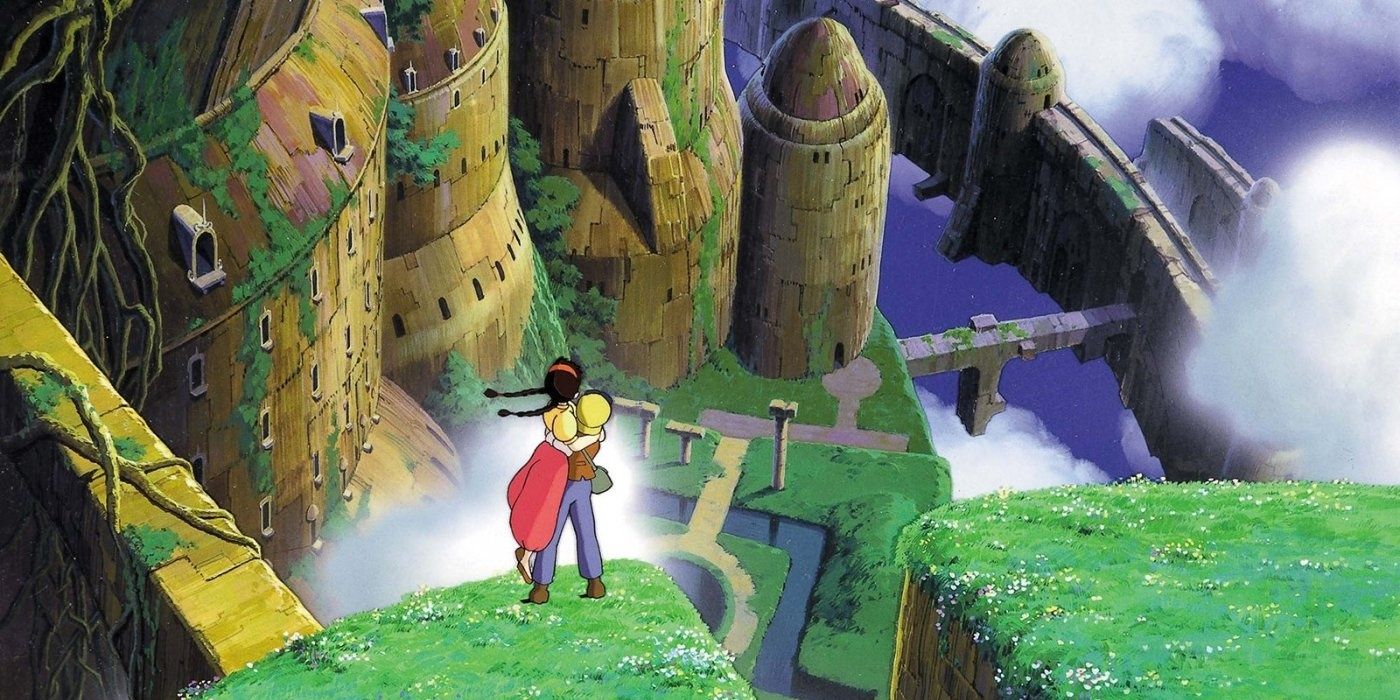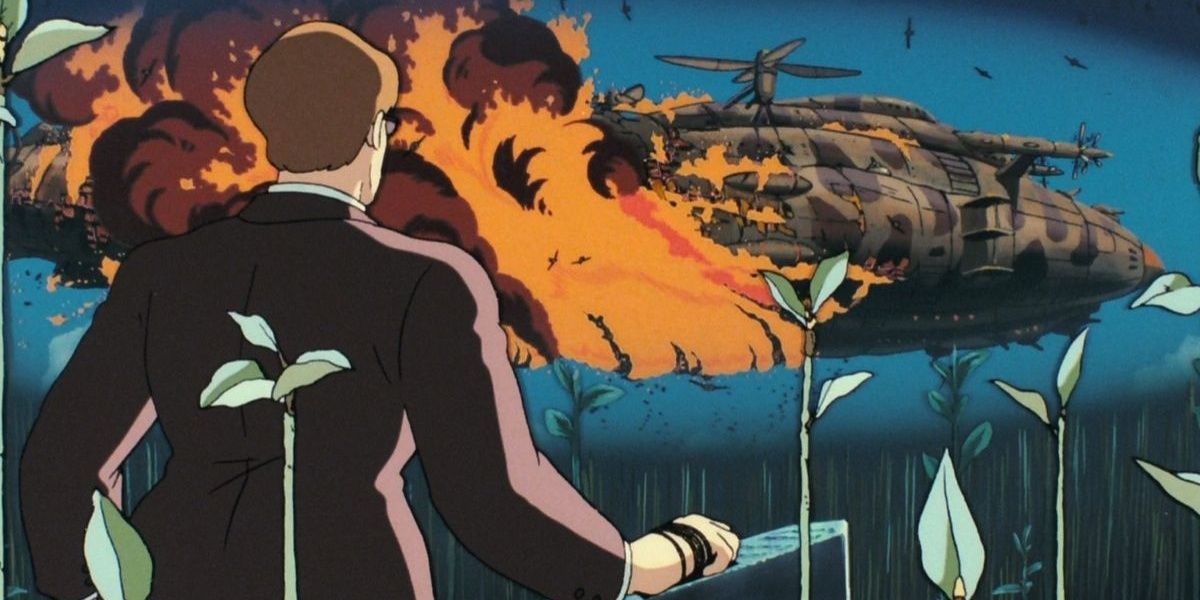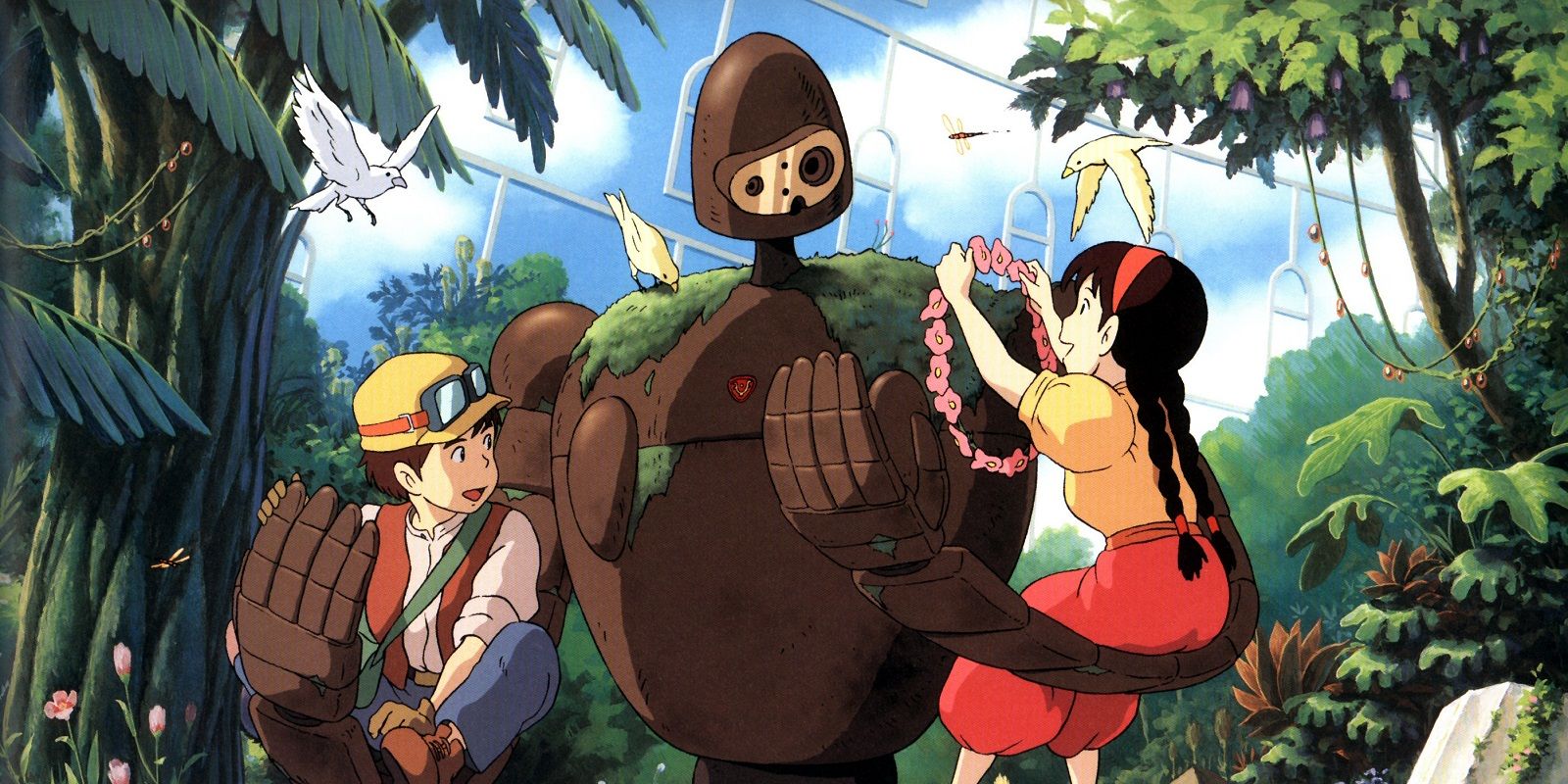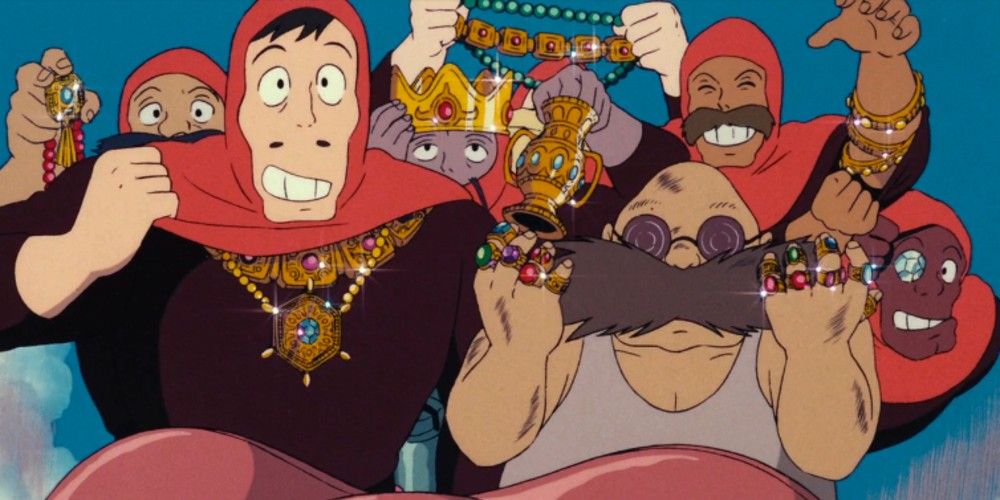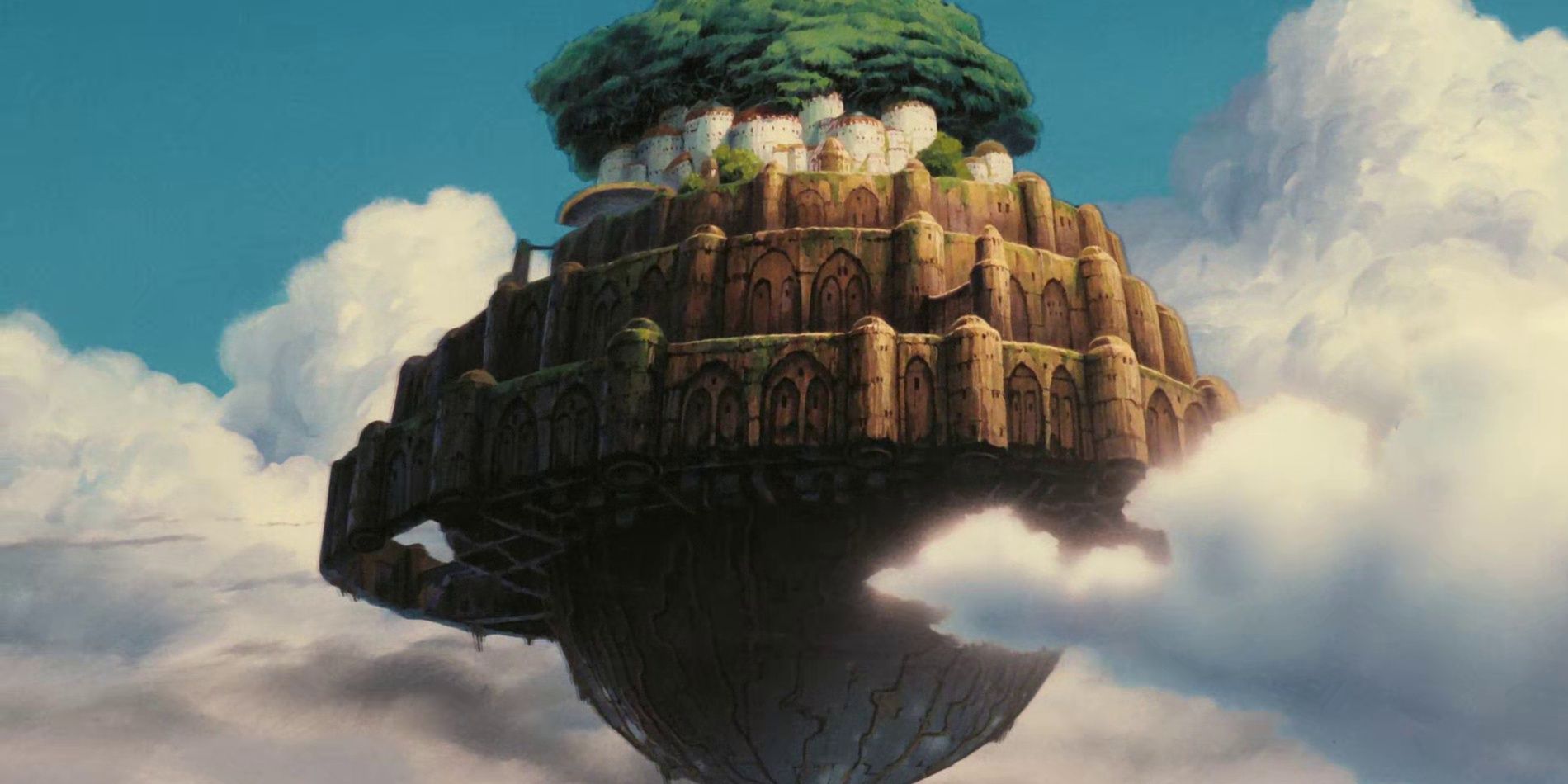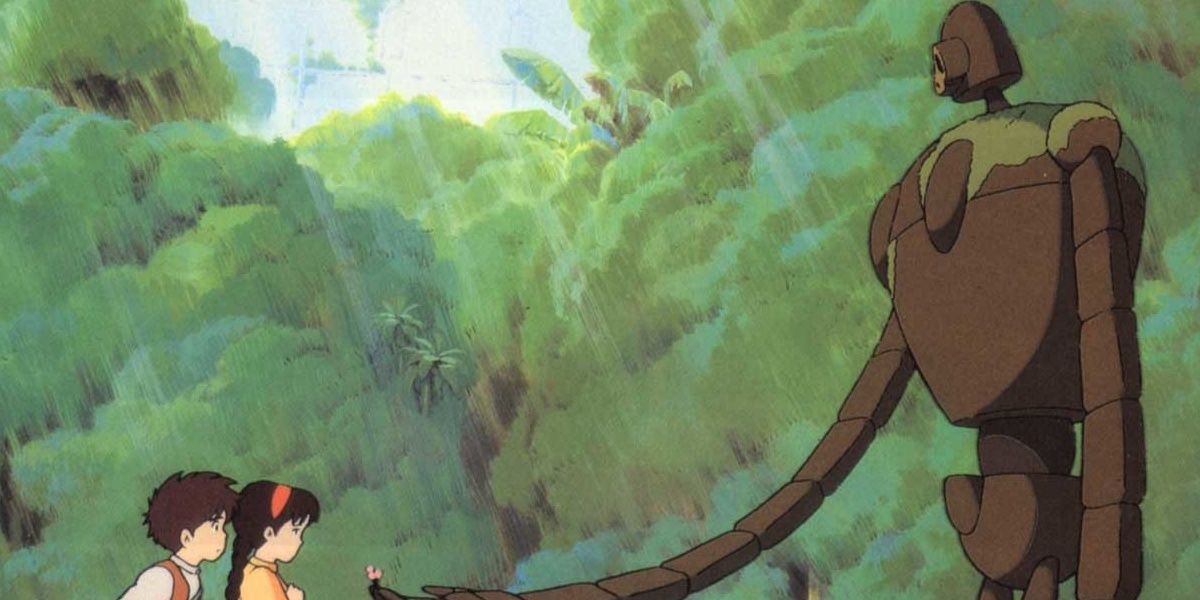Though Studio Ghibli has garnered a huge amount of popularity in English-speaking countries over the last decade or two, there are still a lot of cultural differences between Japan and the Western world. Because of this, there’s far more work involved with creating an English dub of a movie than simple translation, with several major tweaks needing to be made in order to appeal to a different kind of audience.
Take 1984’s Castle in the Sky for instance, which required a surprising amount of work before it was considered fit for Western audiences. These are ten examples of how the movie changed in the English version.
There Were Two Separate Dubs
In the late 1980s – long before Disney established their fruitful relationship with Studio Ghibli – an English dub of Castle in the Sky was commissioned for use on Japan Airlines flights, but quickly found its way to American audiences after being released by Streamline Pictures. The company’s head, Carl Macek, expressed disappointment in the dub, claiming it failed to live up to the movie intellectually or aesthetically.
Disney would go on to record their own dub in 1998, though the poor box office performance of Princess Mononoke saw the version’s release held back until 2003.
The Name Changed Multiple Times
While the movie’s original Japanese title, Tenkū no Shiro Rapyuta, roughly translates to Laputa: Castle in the Sky, the title underwent a couple of revisions in its Western release.
The movie was accurately referred to as Laputa: Castle in the Sky in multiple territories, including Australia and the UK, but was shortened to Castle in the Sky in the US and multiple other countries, since ‘la puta’ is an obscenity in Spanish. Funnily enough however, the Spanish version of the film was instead titled Lapuntu: Castle in the Sky, changing the name of the movie’s eponymous castle entirely.
Bigger Names Were Added to The Cast
Although the original Japanese release of Castle in the Sky featured a cast of relatively popular Japanese voice actors, Disney’s dub of the movie upped the ante by adding some big Hollywood names, including Anna Paquin and James Van Der Beek as the movie’s two lead characters, Sheeta and Pazu.
Even its supporting characters were brought to life by renowned actors, with the likes of Mark Hamill, Cloris Leachman, Mandy Patinkin, and Andy Dick also joining the cast.
Extra Dialogue & Background Noise Were Added
Undeniably a master of his craft, there’s something about Hayao Miyazaki’s movies that connect with audiences on more than just a surface level. There’s something beautifully introspective and atmospheric about his movies – something he often attributes to a technique called ‘ma’, which manifests as occasional moments of silence, allowing the audience to reflect on the journey so far.
There’s plenty of ‘ma’ in the original version of Castle in the Sky, too, but these moments are filled with background noise and extra dialogue in the English dub due to a perceived lack of attention span in Western audiences.
The Original Score Was Reworked
With Joe Hisaishi’s original score for Castle in the Sky clocking in at a lean 39 minutes, the composer was hired to flesh out his score in the movie’s English-language re-release, with music eventually taking up around 90 minutes of the movie’s two-hour runtime. Additionally, the score was re-worked to focus more heavily on its orchestral elements, downplaying the more prevalent synthesizers found in the original version.
While this was done to make the movie more appealing to Western audiences, the move was also heavily criticized by some, who claimed that the silence accompanying several of the movie’s scenes were key to its emotion and atmosphere, instead coming off as more bombastic in the English dub of the movie.
The Magnum Dub Had Weird Silences
Though it’s incredibly rare to find a DVD version of the original, ill-fated Magnum dub of Castle in the Sky, those who do own it have made note of its tendency to cut lines of dialogue at random, with characters often remaining completely silent despite the fact their mouth is moving.
Whether this was intentionally done or simply down to shoddy craftsmanship on Magnum’s part, it highlights yet another way the Disney dub is superior.
Pazu & Sheeta Were Aged Up
In the Japanese version of Castle in the Sky, both Pazu and Sheeta were intended to be pre-teens, falling right in line with Studio Ghibli’s tendency to tell stories centered on younger characters. Since Western audiences generally lean towards older protagonists, however, both characters were aged up to their mid-teens.
Though their exact age is never explicitly stated in the movie, Anna Paquin and James Van Der Beeks’ voice-overs clearly reflect this fact, with the choice being an intentional decision on Disney’s part.
Sheeta Became A Motherly Figure to the Pirates
With Sheeta and Pazu forming something of a camaraderie with Dola’s gang of sky pirates over the course of Castle in the Sky, there’s naturally a lot of interaction between Sheeta and the crew of Dola’s ship. In the Japanese version of the movie, these interactions are drastically different from those found in the English version, with some of the pirates expressing a romantic interest in Sheeta.
Since the character is so young, however, this would come off as creepy to Western audiences. To remedy this, these scenes were re-written to depict Sheeta as more of a mother figure to the pirates in the English release of the movie.
Many Literary References Were Removed
It’s no secret that Castle in the Sky is loaded with literary references. After all, Laputa itself is a reference to another floating city of the same name in Jonathan Swift’s classic novel Gulliver’s Travels. Other works of literature mentioned in the movie are Robert Louis Stevenson’s Treasure Island and the Bible, as well as some old Hindu texts.
Many of these references were removed from the Western release of the movie, though it remains unclear exactly as to why. It’s possible, however, that the mention of real-world literature in a fictional fantasy world was thought to be distracting to audience members.
Later DVD & Blu-Ray Releases Contained Both Japanese & English Versions
Despite the Japanese and English versions of Castle in the Sky containing a surprising amount of differences, recent releases of the movie on DVD, Blu-ray, and even some streaming services allow audiences to choose which version they want to view.
Rather than simply being able to choose the language the movie is viewed in, the specific differences between the original Japanese release and its English dub remain intact.

